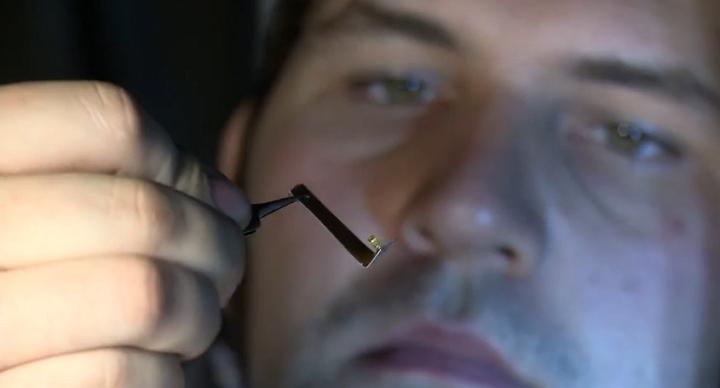
John Haycock, a professor of bioengineering at Sheffield, now says he and his colleagues have built a minute, 3D printed guide to direct the growth of nerves as they repair themselves over time.
While the device has only been used treat nerve damage in animal models at this stage, Haycock and his team say the method will one day be used to treat a wide variety of traumatic injuries in humans as well.
Nerve injuries can, in the worst case, result in total loss of sensation in a damaged area of the body and the current methods of repairing nerve damage call for surgery or delicate suturing of nerve grafts, and the results are often less than satisfactory. While NGCs are currently used in surgical procedures, they’re limited in the available range of materials and design capability, and that means a limitation to the full range of injuries they can be used to treat.
But the Sheffield Faculty of Engineering has used CAD to design the devices and then fabricated them with what they call “laser direct writing.”
“The advantage of 3D printing is that NGCs can be made to the precise shapes required by clinicians,” Haycock says. “We’ve shown that this works in animal models, so the next step is to take this technique towards the clinic.”
Using a material that has already been approved for clinical use, polyethylene glycol, the scientists say that they’re investigating such biodegradable materials which might work for larger injuries.
Fiona Boissonade, a professor of neuroscience at Sheffield, says the research team used the guides to repair the nerve injuries which took advantage of a mouse model developed by Sheffield’s Faculty of Medicine, Dentistry and Health. In just 21 days, the process helped the nerves bridge an injury gap of some 3mm.
A solution of photocurable polyethylene glycol diacrylate, a viscous liquid at room temperature, was prepared together with the addition of 2% diphenyl-phosphine oxide and a small amount of that solution was added to a glass cover slip using a pipette. The solution was then spun-coated and irradiated using a mercury arc lamp ultraviolet light source. Mouse hybrid neuronal cells were maintained in tissue culture form, and those cells were used to stimulate “neurite extension.”
The research was published in Biomaterials in their article, “Nerve Guides Manufactured from Photocurable Polymers to Aid Peripheral Nerve Repair,” and was funded by the Engineering and Physical Sciences Research Council and the Medical Research Council.
What examples do you know of where variants of 3D printing have been used to solve medical problems? Let us know in the Microstereolithography to Repair Damaged Nerves forum thread on 3DPB.com.